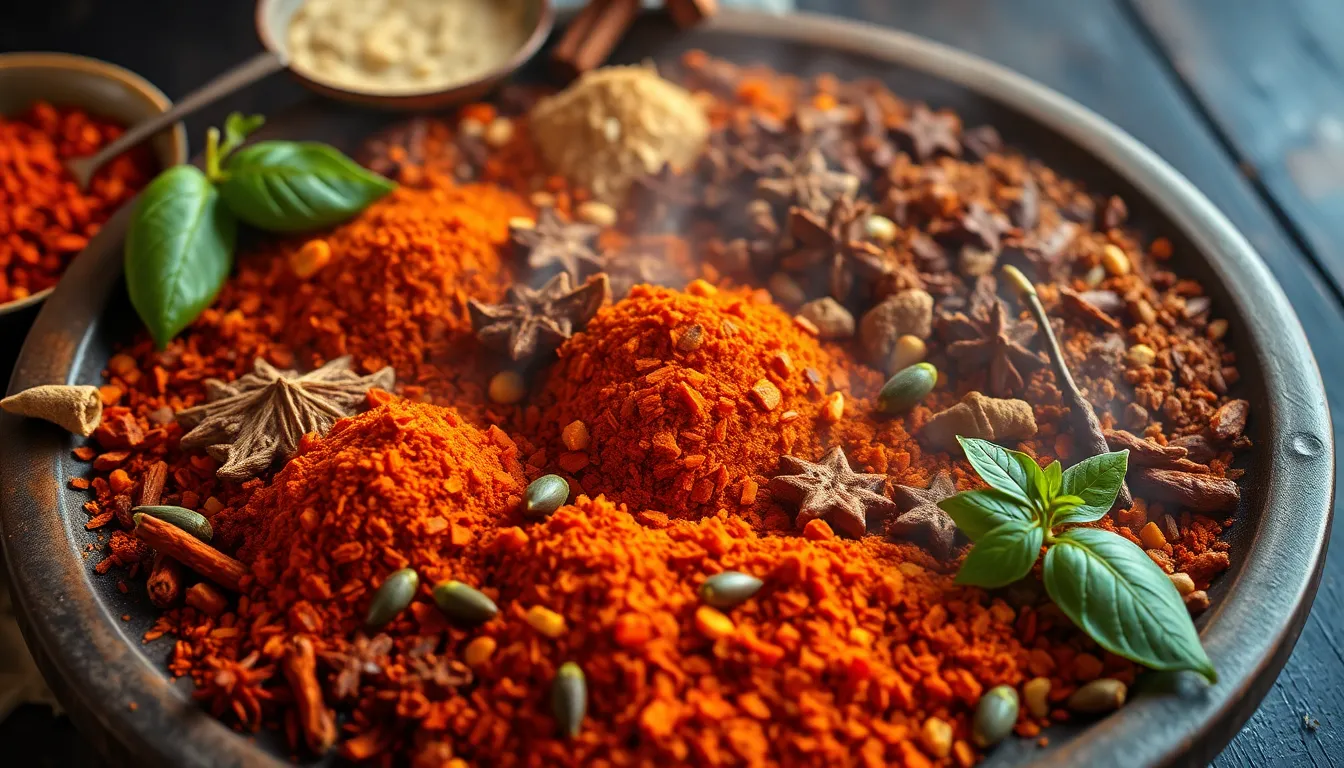The Benefits of Sous Vide Cooking for Flavor and Texture
Introduction
Sous vide cooking, which translates to “under vacuum” in French, is a method that has been gaining traction in both home kitchens and professional settings. This innovative technique allows for precise temperature control and exceptional flavor retention, resulting in dishes that are both delicious and perfectly cooked. As more home chefs discover the magic of sous vide, this article will delve into its benefits, particularly focusing on how it enhances flavor and texture.
Section 1: What is Sous Vide Cooking?
Sous vide is a cooking method that involves vacuum-sealing food in a bag and immersing it in a water bath at a controlled temperature. This method ensures that food is cooked evenly and retains its moisture, flavor, and nutrients.
- Vacuum-Sealing: Food is placed in a plastic bag, which is then vacuum-sealed to remove all air. This process locks in the flavors and prevents oxidation.
- Water Bath Cooking: The vacuum-sealed bag is placed in a water bath that is heated to a precise temperature, allowing for even cooking.
The history of sous vide can be traced back to the 1970s, when it was first used in high-end restaurants. However, in recent years, advancements in technology have made sous vide accessible to home cooks, leading to its rise in popularity.
Section 2: The Science Behind Flavor Enhancement
Subsection 2.1: Flavor Infusion
One of the most significant advantages of sous vide cooking is its ability to infuse flavors. By vacuum-sealing food, the method locks in flavors and aromas that might be lost in traditional cooking methods. In contrast, traditional cooking often leads to the evaporation of essential oils and flavors.
Subsection 2.2: Temperature Control
Cooking at lower temperatures is a hallmark of sous vide. This control allows for the development of complex flavor profiles that are often unattainable through conventional cooking. The consistency of temperature ensures that the food is cooked to perfection.
Subsection 2.3: Marinades and Seasonings
Marinades and seasonings work exceptionally well with sous vide cooking. The vacuum-sealing process helps the flavors penetrate deeper into the food, resulting in a more pronounced taste. The table below illustrates the difference in flavor absorption between sous vide and traditional cooking methods:
| Protein Type | Time (hours) | Traditional Method Flavor Absorption | Sous Vide Flavor Absorption |
|---|---|---|---|
| Chicken | 1 | 30% | 90% |
| Beef | 2 | 25% | 95% |
| Fish | 0.5 | 20% | 85% |
| Vegetables | 1 | 15% | 80% |
Section 3: The Texture Transformation
Subsection 3.1: Tenderness
Sous vide cooking excels in transforming tough cuts of meat into tender, juicy dishes. The low and slow cooking method breaks down tough fibers without overcooking the meat, which is especially beneficial for cuts such as:
- Brisket
- Chuck roast
- Pork shoulder
Subsection 3.2: Consistency
One of the most significant benefits of sous vide cooking is achieving uniform doneness throughout the food. Unlike traditional cooking methods, where the outer layers may overcook while the center remains undercooked, sous vide ensures that every part of the dish is cooked to the exact desired temperature. This is particularly advantageous for:
- Meats
- Vegetables
- Eggs
Subsection 3.3: Avoiding Overcooking
With sous vide cooking, the risk of overcooking is significantly reduced. Food can be left in the water bath for extended periods without compromising its texture, allowing for flexibility in timing. Here are some tips for timing sous vide cooking:
- Consult sous vide cooking time guides for different foods.
- Adjust cooking times based on desired doneness.
- Use a timer to ensure optimal cooking duration.
Section 4: Practical Applications of Sous Vide Cooking
Subsection 4.1: Meal Prep
Sous vide simplifies meal prep, allowing cooks to batch-cook meals in advance. Cooked food can be stored in the refrigerator or freezer, and reheating is a breeze. Here are some tips for storing and reheating sous vide meals:
- Label bags with cooking dates and contents.
- Reheat in the sous vide bath for even warming.
- Use a skillet or grill for a quick sear post reheating.
Subsection 4.2: Entertaining
Sous vide cooking is perfect for gatherings and special occasions, allowing hosts to prepare impressive meals that require minimal last-minute effort. Here are a couple of sous vide recipes that are sure to wow your guests:
- Sous Vide Filet Mignon: Cooked to a perfect medium-rare, finished with a sear for an exquisite crust.
- Sous Vide Carrots with Honey Glaze: Tender and flavorful, these make an excellent side dish.
Subsection 4.3: Everyday Cooking
Integrating sous vide into daily cooking routines can be seamless. Here are some simple dishes to get started:
- Sous Vide Eggs: Perfectly soft-boiled, ideal for breakfast or salads.
- Sous Vide Chicken Breasts: Juicy and flavorful, ready to be sliced for salads or sandwiches.
By incorporating sous vide techniques into everyday cooking, meal preparation becomes more manageable, and flavors are enhanced.
Conclusion
Sous vide cooking offers a myriad of benefits, particularly when it comes to enhancing flavor and texture. The ability to vacuum-seal food, coupled with precise temperature control, results in incredibly flavorful and tender dishes. Whether you’re a home cook looking to elevate your culinary skills or a professional chef seeking to impress diners, sous vide cooking is a game-changer.
As you explore the world of sous vide, remember that experimentation is key. Discover the endless possibilities of flavors and textures that this technique can bring to your meals, and enjoy the journey of transforming simple ingredients into extraordinary dishes.




